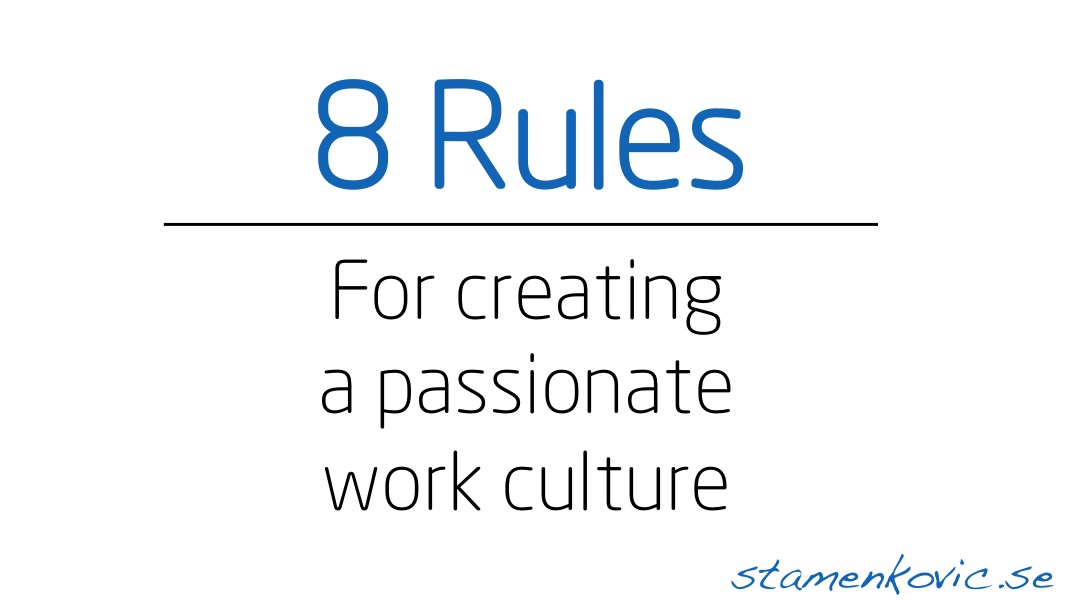What is the difference between a group and a team? Is there really a difference? I argue that there is a definite and fundamental difference between a group and a team. To be able to understand this further one must start by defining the terms “group” and “team”.
A group can be defined as;
“a small group of people with complementary skills and abilities who are committed to a leader’s goal and approach and are willing to be held accountable by the leader.”
Jon R. Katzenbach and Douglas K. Smith on The Wisdom of Teams (Harvard Business School Press, 1992)
Whilst a team can be defined as;
“a small group of people with complementary skills and abilities who are committed to a common goal and approach for which they hold each other accountable.”
Jon R. Katzenbach and Douglas K. Smith on The Wisdom of Teams (Harvard Business School Press, 1992)
Hence, a group is very individual-based (rather than team-based) where the group’s responsibility and accountability lie within every individual within the group (i.e. every individual is responsible and accountable for his/her own work). The group is dominantly held together by a leader, where the group supports the leader’s goals. The decisions made in a group are made by voting and/or implied agreement(s) whereas decisions on a team are typically made by consensus. Continue reading →



